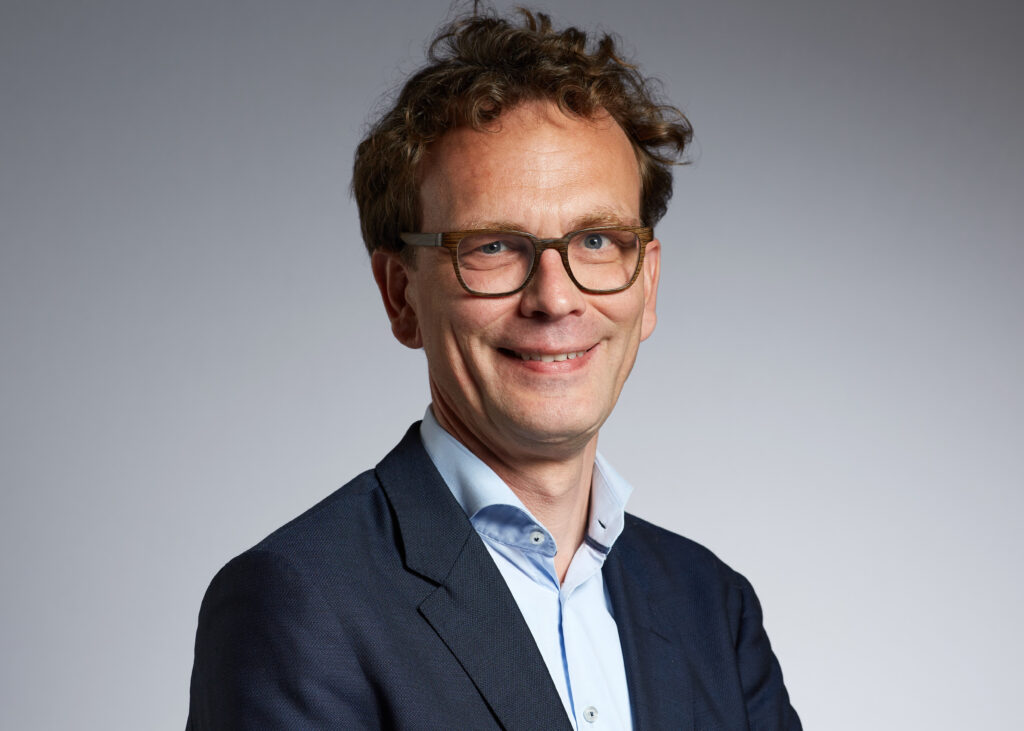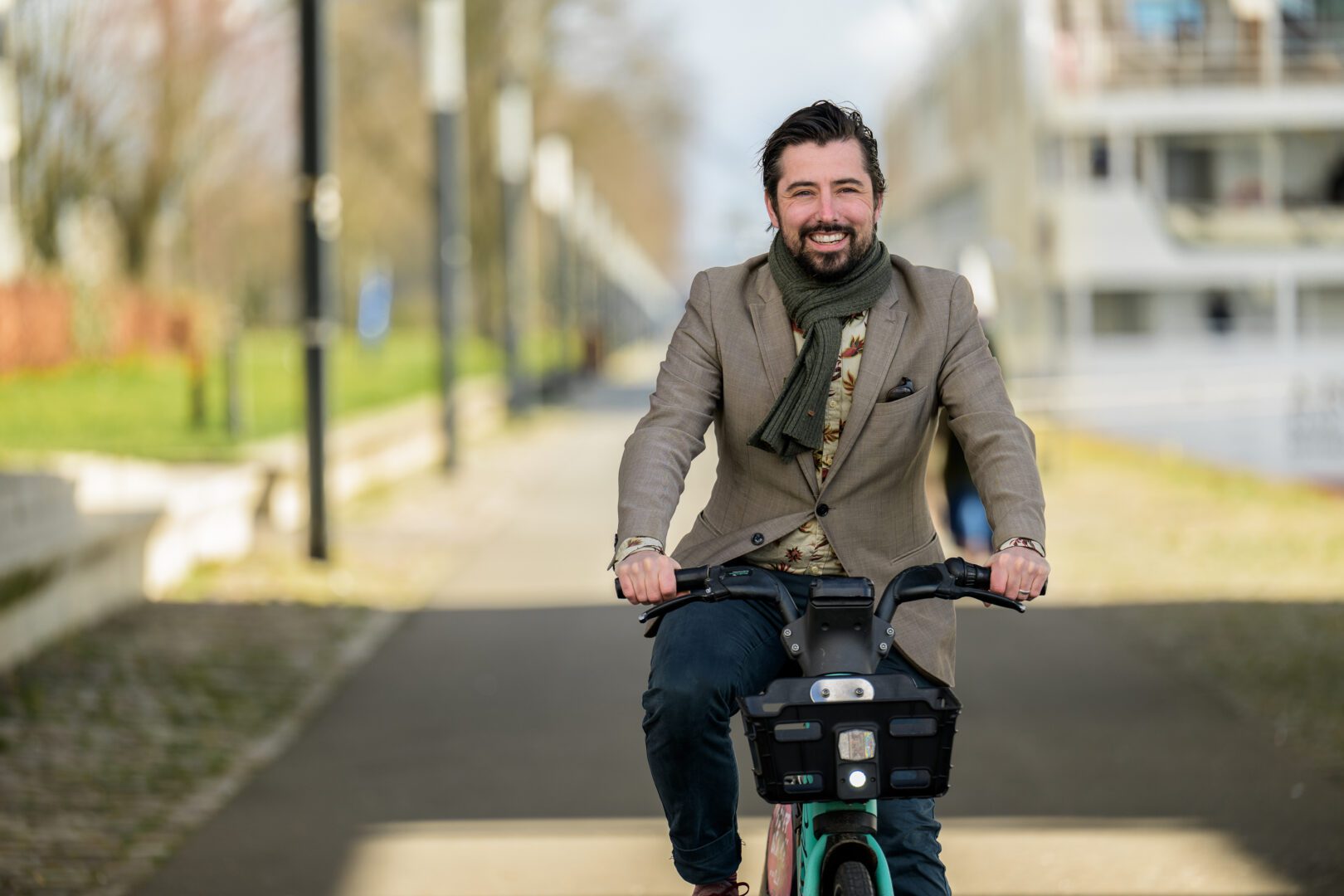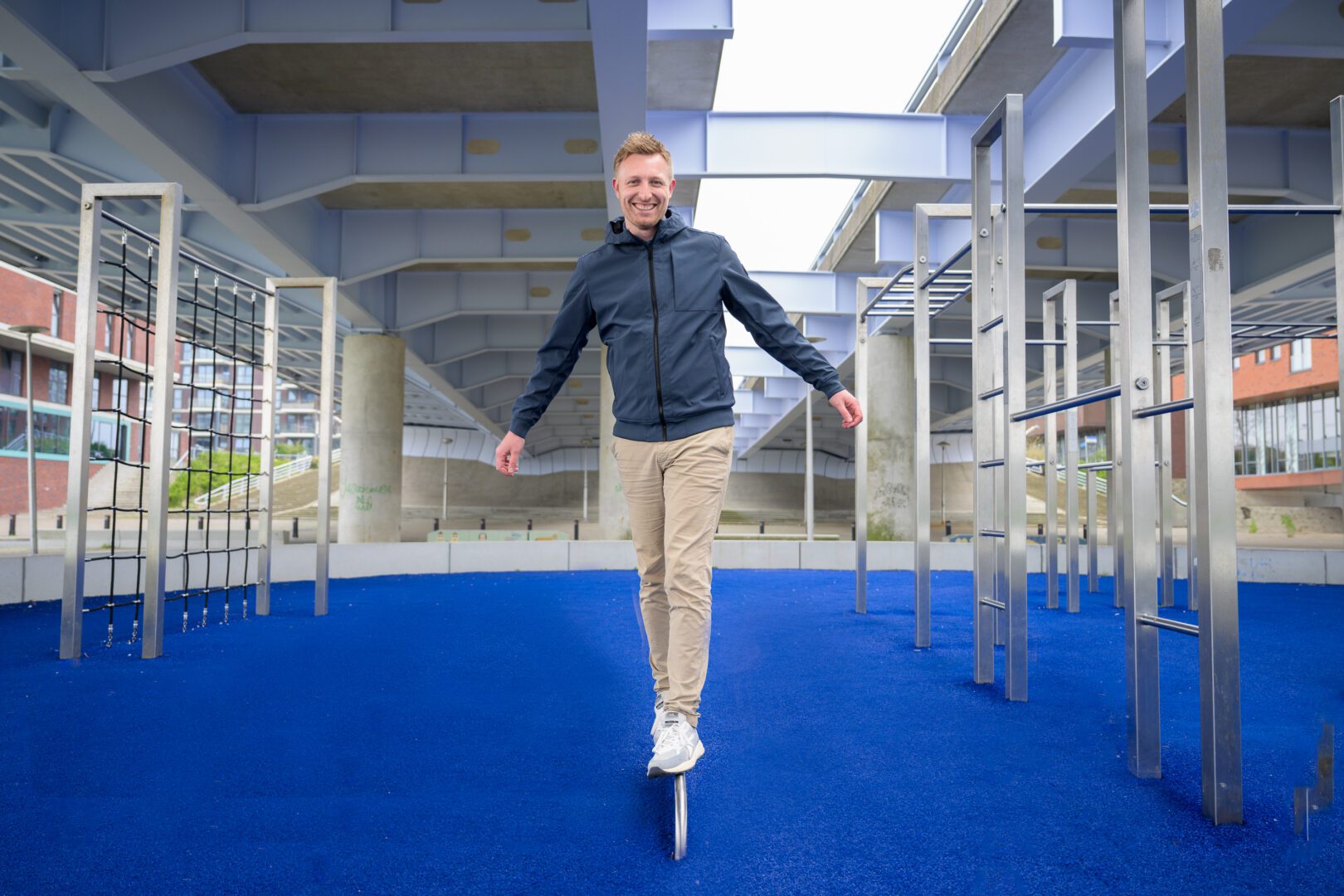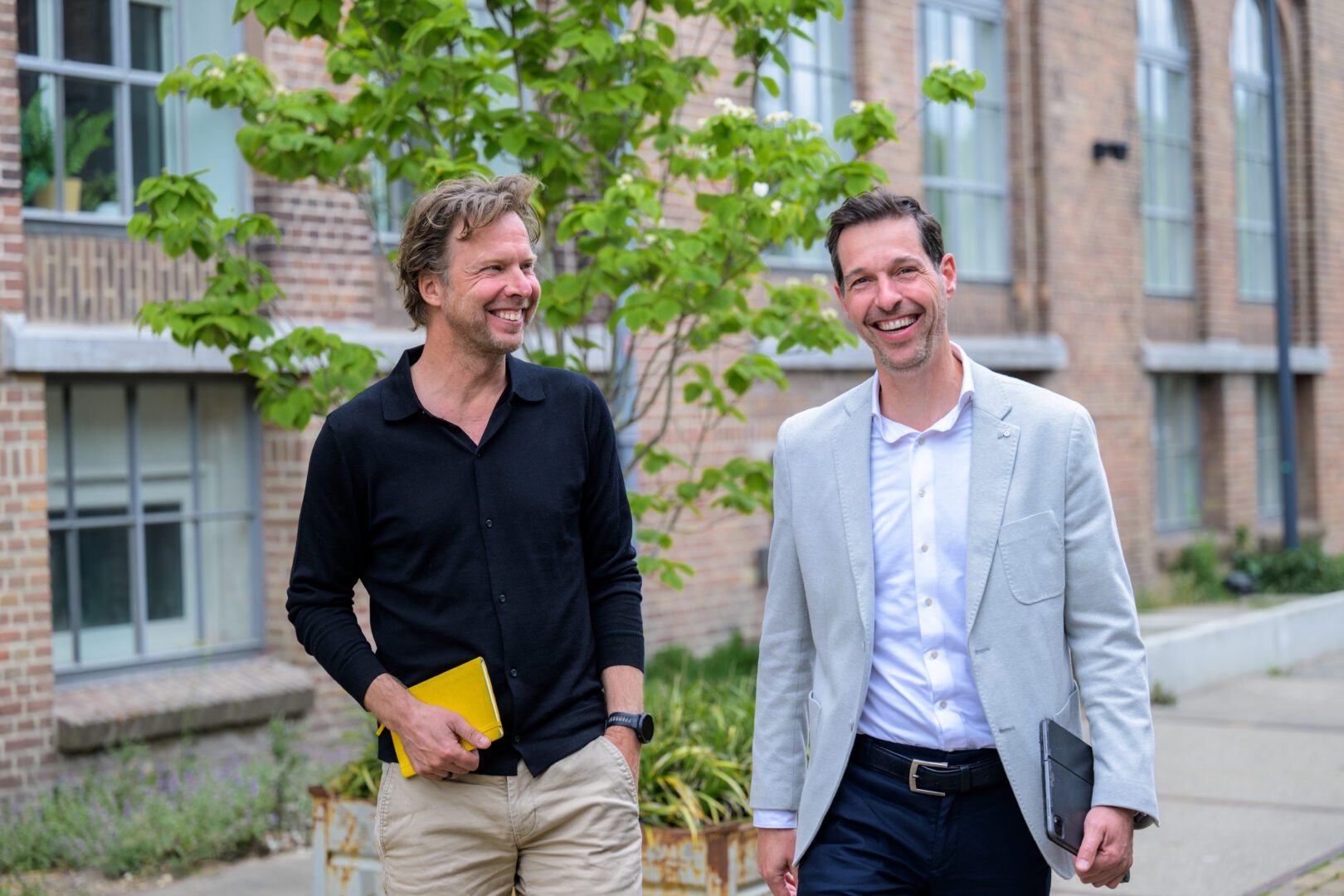Large and complex area developments, such as the Gnephoek near Alphen aan den Rijn, require close cooperation between government and market parties. A public-private partnership (PPP) gets you further. It is the way to find solutions for the challenges in the field, according to Wouter Wurdemann, area developer at AM. He explains why a PPP works so well and what it requires from those involved.
Strong result through connecting interests
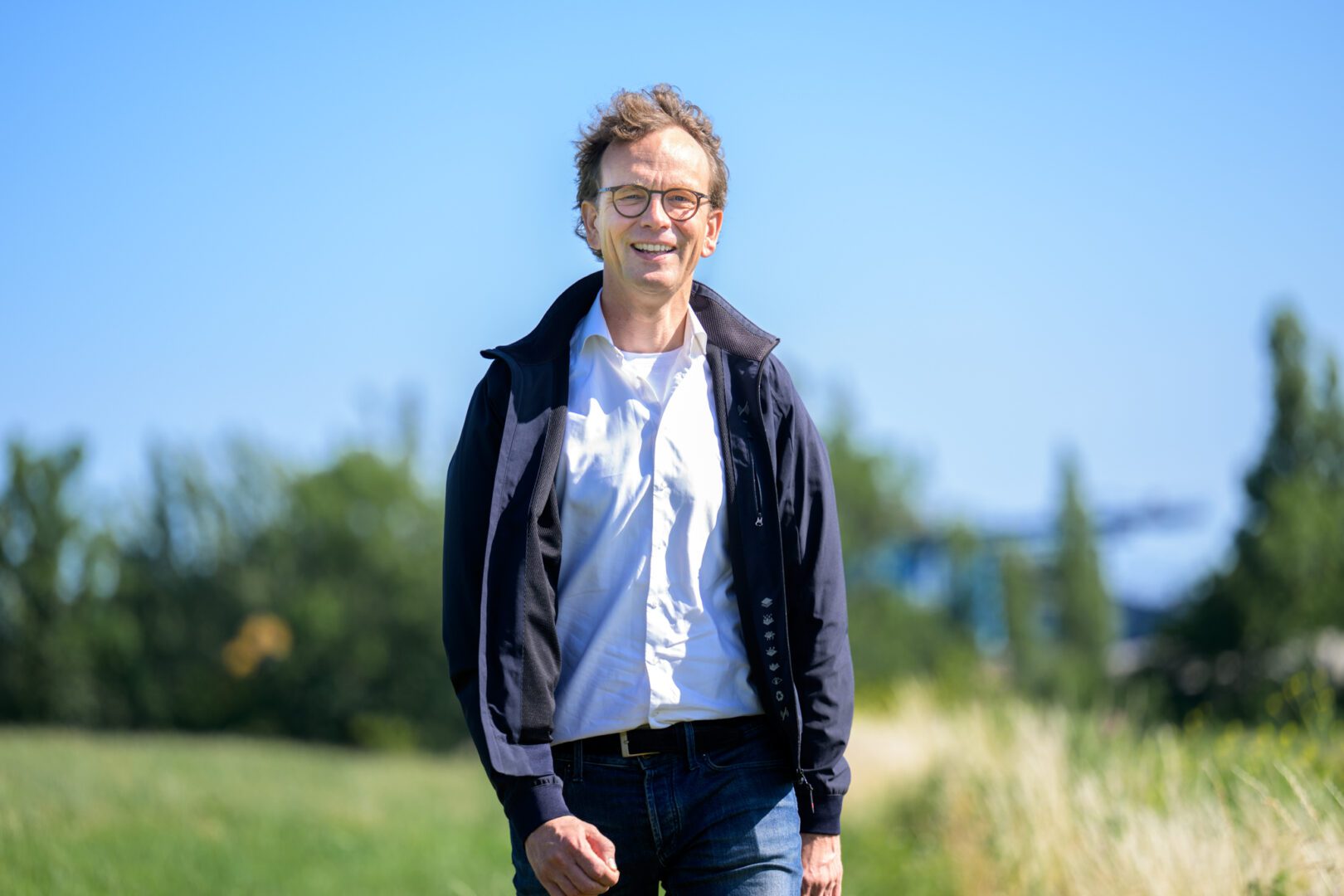
The Gnephoek. One of the larger area developments in our country. Some 5,500 houses and facilities will be developed in the polder area near Alphen aan den Rijn over the next few years. And it will not stop there. There will be a 60-hectare nature reserve and 30 hectares of water and greenery in the area. Improvements in water management and nature will increase biodiversity. The design is soil- and water-driven. This means that the natural characteristics of the soil and water are leading in the design and layout of the new residential area, creating a climate-proof, sustainable and nature-inclusive landscape.
In a PPP, you do everything together, you can think and decide on the plan at an early stage. You share the profits or losses.
The comeback of the PPP
The vast majority of land positions in the area were held by the municipality of Alphen aan den Rijn and four different developers. Two of these parties, BPD and AM, are now working together with the municipality of Alphen aan de Rijn in a public-private partnership (PPP). In this, each party is a shareholder in a so-called Joint Operating Company (GEM). A legal entity set up to develop the area. Wouter: "Before the economic crisis of 2008-2010, development was more often done in public-private partnerships, especially in Vinex districts. Because of the crisis, many of these collaborations came under pressure, reducing mutual trust and increasing risks. PPP constructions were dissolved or suspended. In recent years, however, there has been a revival of the PPP, partly due to the major social tasks that require cooperation between government and market again. We are now working with municipalities in this way in several area developments. It is really nice to see that we are appreciated by municipalities and other market parties and that we can contribute to achieving social and sustainable objectives. In the Gnephoek, we are filling an important need for the people of Alphen aan de Rijn with affordable housing and, in addition, we are improving the ecology through the large nature area and nature in the residential area."
Overcoming objections
Essential to getting the PPP off the ground was the preliminary process. First, the public parties behind the PPP had to be on the same page: the municipality, the ministry, the province, the district water board and the Midden Holland region. Both the province of South Holland and the Rijnland Water Board were initially against building on the polder. There were concerns about building in a low-lying polder area. Wouter: "Even at this stage, it was all about bringing parties together. Former Delta Commissioner Wim Kuijken played an important role in this. The right people were talking at the right level. Even then, both the municipality and the market parties showed decisiveness by answering all the questions, providing the information that was needed and thus removing the objections and concerns. Thus, in October 2024, the public parties reached the governance agreement that was needed."
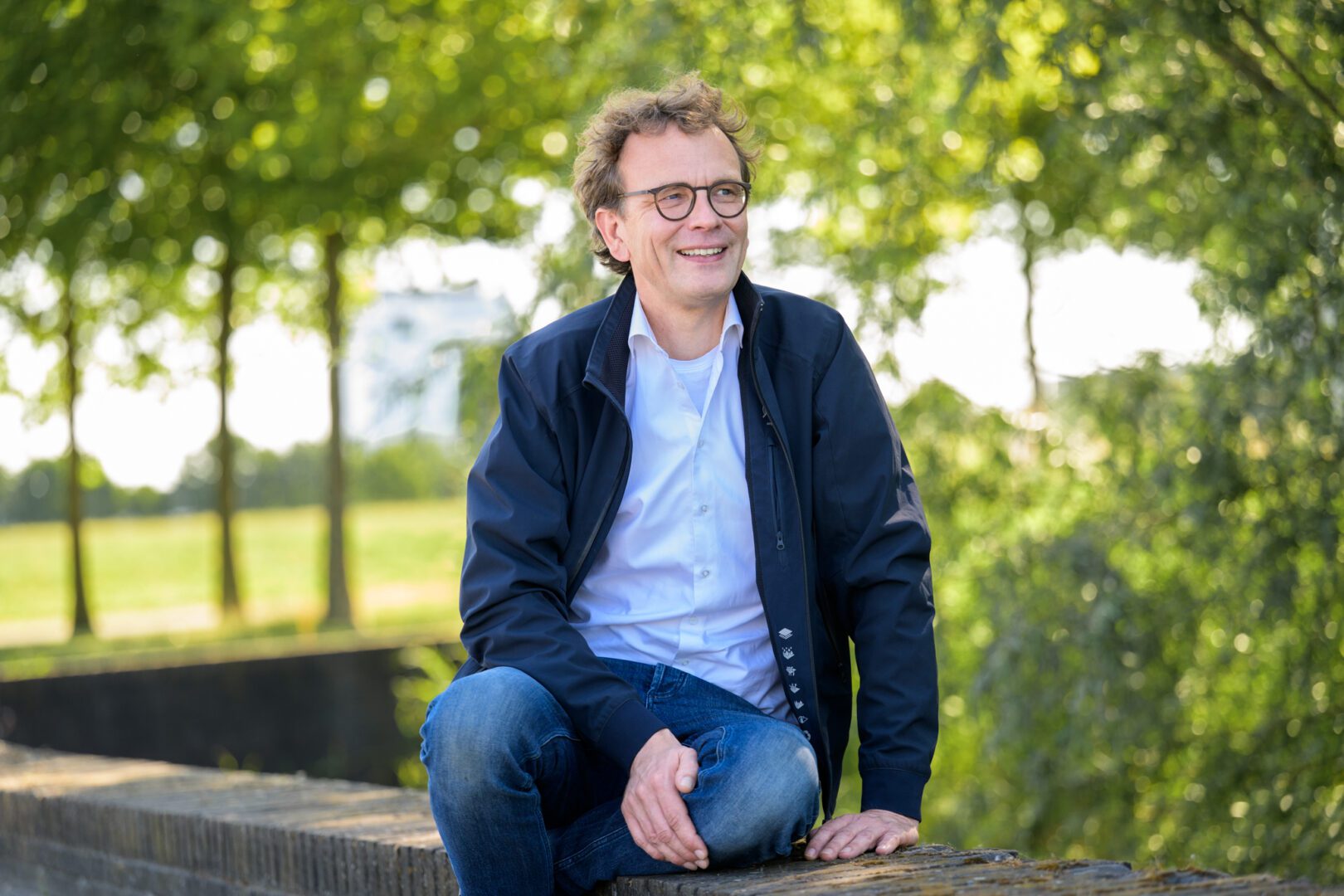
The only right choice
The way was now paved for a PPP. With a major development like the Gnephoek, a PPP is the best choice, according to Wouter, because of a combination of factors: "Market parties such as BPD and AM had had land positions in the Gnephoek for decades. So the municipality could not develop independently. In addition, this is a large housing development project. Around 5,500 houses will be built, 60% of them affordable, and 60 hectares of new nature. This calls for cooperation on this scale. Both the municipality and market parties want to realise a sustainable, future-proof neighbourhood. The PPP makes it possible to clearly divide the associated roles, responsibilities and risks. Finally, the parties involved have worked together before and can build on existing relationships and knowledge."
Wouter explains exactly where the difference lies between a facilitative land policy and an area development with a PPP. "In a facilitative land policy, the municipality sets the frameworks that the area must comply with. The spatial policy, zoning plan, permits and public space such as roads, greenery and utilities are regulated by the municipality. The market party buys the land and develops housing and facilities according to the municipality's requirements. Profit or loss is for the account of the market party. In a PPP, you do everything together, you sit at the table earlier and can think and decide on the plan at an early stage. The profits or losses, you share them."
Knowing how to find each other
Wouter himself is a great advocate of working together in a PPP. "I don't see any disadvantages to this way of working with these kinds of large and complex tasks. I believe in connecting social and market interests. Together, we can solve the challenges of our field even better. When working in a PPP, you strengthen each other." According to Wouter, it does require a close way of working together: "In a PPP, it is important to listen to each other, to really understand and appreciate each other. The parties have to empathise more with each other's interests and stand up for each other's interests, in order to keep the long-term cooperation good. "Because you often spend years together, it is important not to think only in the short term, but also to invest together in a shared long-term vision. Of course, a PPP also requires clear agreements, transparency and good governance. Without that, trust can come under pressure. In addition, all parties have to do what they say and say what they do." This leads to great results: "Once you have that trust in each other, you know how to find each other and you run harder for each other. So through that smooth cooperation, you realise higher-quality areas. In the Gnephoek, for example, you see that it leads to a plan in which housing, nature and climate adaptation go hand in hand."
Once you have that trust in each other, you know how to find each other and run harder for each other. Through that smooth cooperation, you realise higher-quality areas.
Doing justice to each other's interests
That trust is also there in the Gnephoek, says Wouter: "The municipality of Alphen aan de Rijn attaches great value to balanced cooperation. Programme manager Peter Klompen not only understands this, but also does justice to the interests of the market parties involved, without compromising the municipality's interests. We all want a successful, long-term cooperation. Then it is important that all partners experience the cooperation as pleasant. It is a kind of marriage you enter into with each other."
Wouter gives a good example of doing justice to each other's interests in the Gnephoek: "One example is the agreement that 40% of the houses can be realised in the free sector. For market parties, this means room to develop housing with a healthy return, which is essential for the financial viability of the project. At the same time, with 60% affordable housing - including social rent and medium rent - there remains plenty of focus on the municipality's social task. This allocation is the result of an open dialogue, in which both public and private interests were taken seriously. It shows that you can achieve a balanced distribution within a PPP, in which quality, feasibility and social value go hand in hand."
Transparency
Financial transparency is also crucial in a PPP, Wouter explains. "Money is often a sensitive subject. It helps if public parties recognise that market players need to make a profit to keep investing. Transparency then means: openness about costs, revenues, margins and risk allocation. Who pays what, when, and why? Only with that clarity can you build mutual trust and make realistic choices. It's like booking a trip. You want to know whether your breakfast, lunch and dinner are inclusive or not. Otherwise, you can't set a realistic budget."
Making more impact
AM's social ambitions, such as contributing to climate adaptation, health and quality of life, come into their own better within a PPP, explains Wouter. "Because we are at the table at an early stage, we can contribute our vision and expertise even better. We can immediately look realistically at what is possible and make a difference for the residents of the area and for the ecology. For instance, we brought in our circularity ambitions for housing at an early stage. In this way, these ambitions could be incorporated directly into the planning process. This makes it possible to realise sustainable, wooden concept houses in the Gnephoek in the future. A choice that not only contributes to the further development of circular construction, but also leads to a significant reduction in CO₂ emissions."
